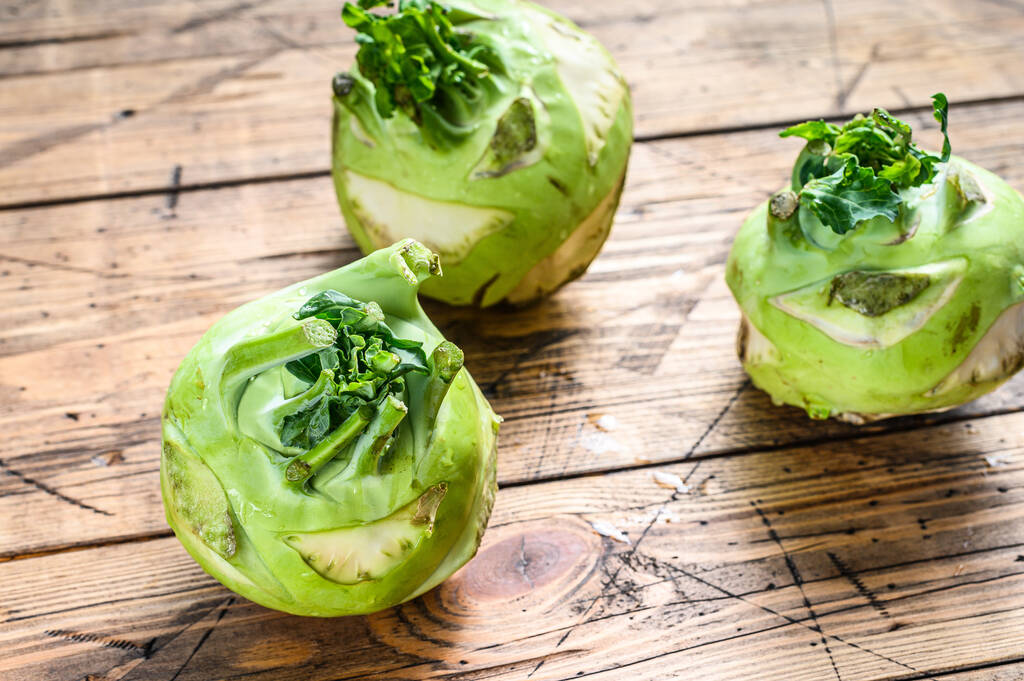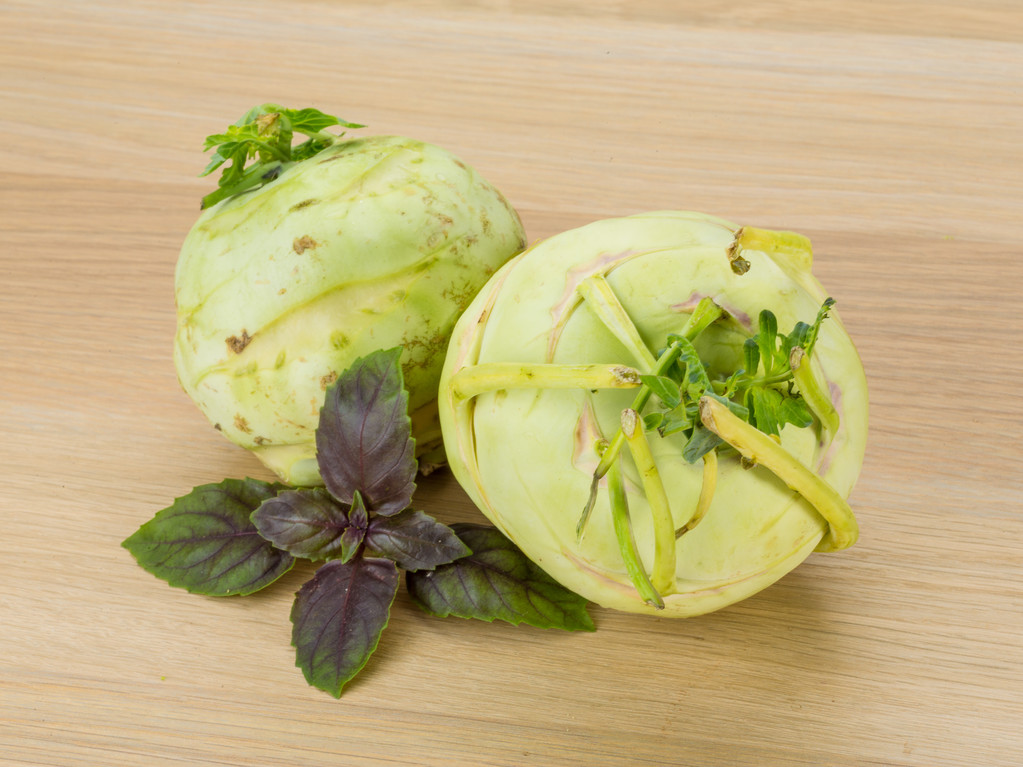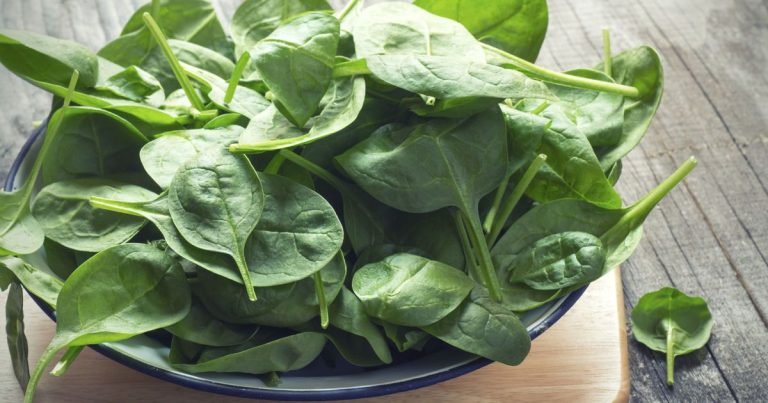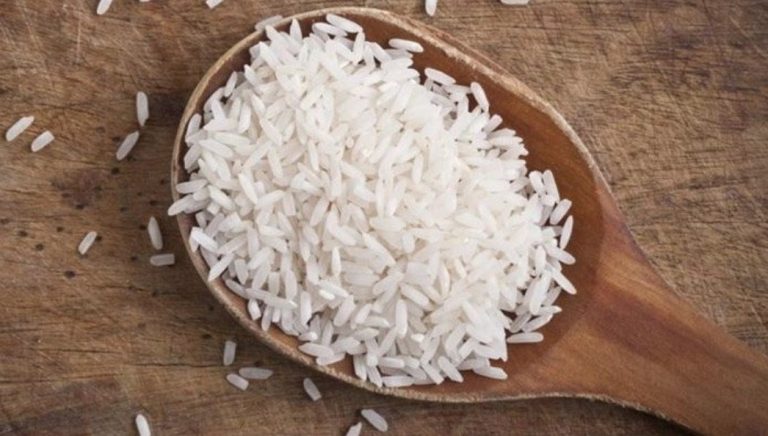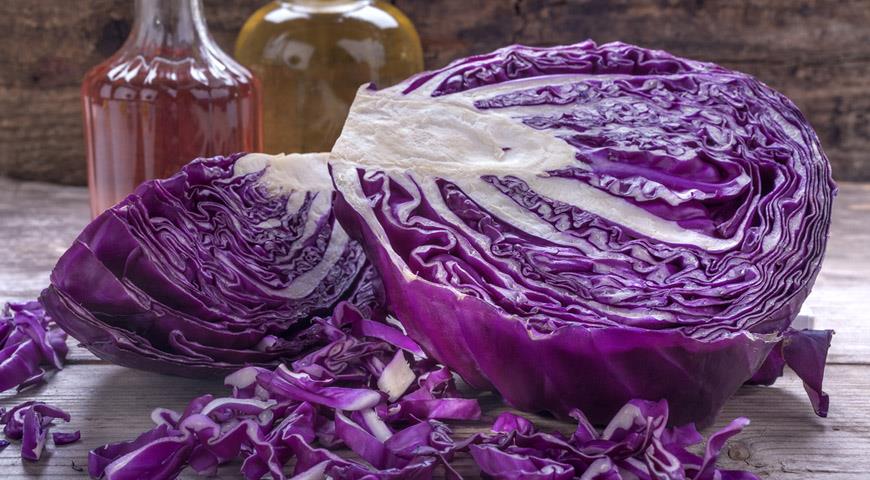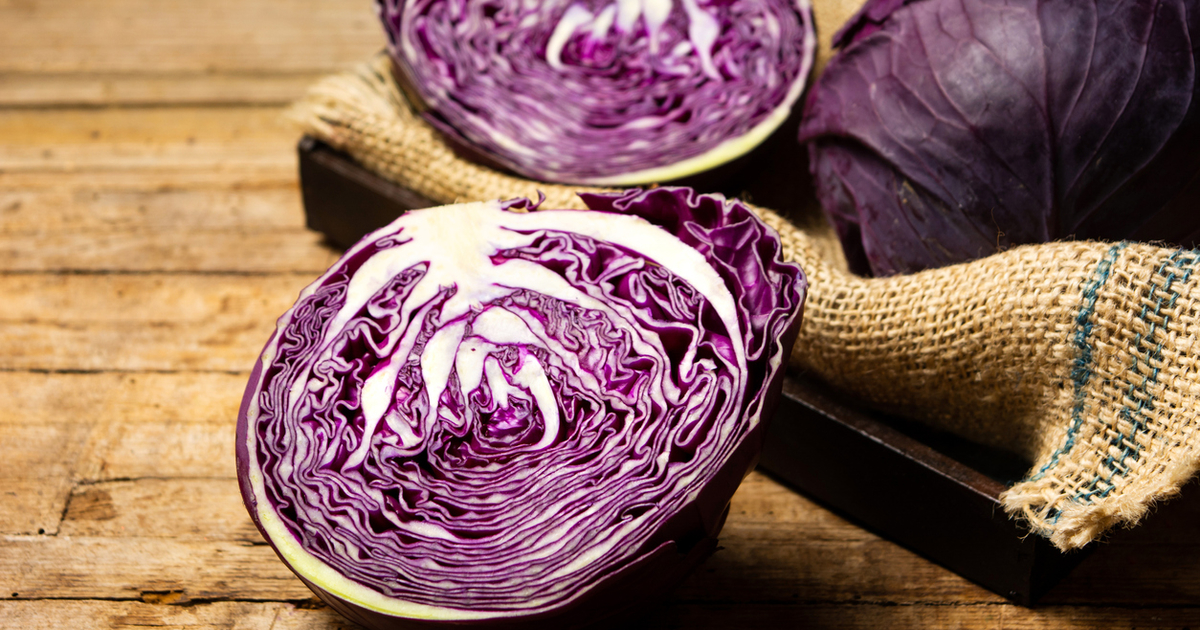Freezing cakes is very easy and practical if one or two pieces are left over. With our tips, cake tastes even better after freezing.
Freezing cakes: You should consider this beforehand
Baked too much or in advance: Freezing cakes is the best solution for this and is also suitable for preventing food waste. Before you put the cake in the freezer, you should consider the following:
Wait for the cake to cool. At the same time, you shouldn’t leave it there for too long. The fresher you freeze it, the more flavor it will retain.
Cut the cake into pieces so you can thaw them individually later and don’t have to take everything out of the freezer.
Cakes and tarts that are decorated with cream should be frozen first before you wrap them. This will prevent the deco from being crushed. To freeze, you can place the cake on a plate in the freezer for a few hours.
Not all cakes are suitable for freezing:
In the case of cakes with icing or gelatine, this begins to crumble after defrosting.
The vegan alternative agar agar is also not suitable for freezing for the same reason.
Also, don’t freeze custard, jam, or buttercream pie fillings, as they will lose their flavor or become too soggy and watery.
However, it is not a problem to freeze choux pastry without filling.
For yeast dough, freeze before you let it rise.
Freezing cakes: this is how it works
No matter what you use to freeze the cakes, it is important that you pack them as airtight as possible. This will prevent freezer burn and preserve the flavor for longer.
Place individual pieces in a freezer bag. By the way, you can use the freezer bags several times if you rinse them well. A plastic-free alternative is a cotton bag in which you can freeze dry sponge cakes, for example. Wrap the cake well in the bag.
You can also freeze cakes wrapped in wax paper. However, the cake only stays fresh for a few weeks.
Plastic food storage boxes are the right size if you want to freeze multiple kitchen items together. The same applies to lunch boxes made of stainless steel.
You can even freeze leftover cake in glass casserole dishes and casseroles. So that the glass does not crack in the freezer, you should only fill the container 3/4 full with cake and only close the lid when the cake is frozen. To keep the individual pieces from sticking together, you can separate them with paper from bakery bags or wax paper.
While they’re often recommended, it’s best not to use cling film or aluminum foil to freeze cakes. Because these disposable products end up in the garbage after a single use.
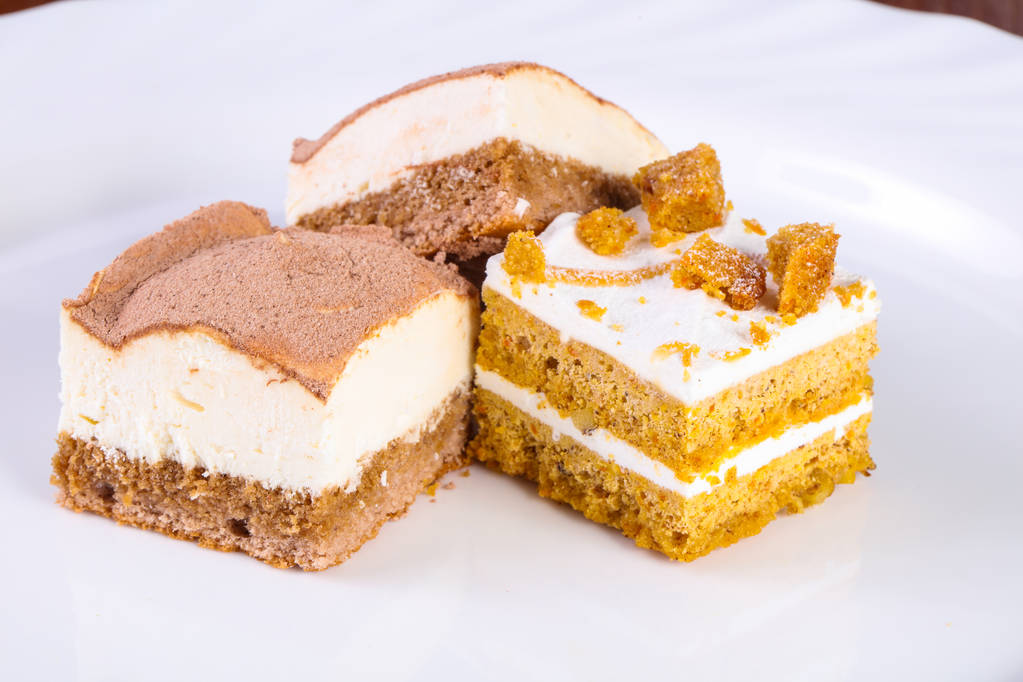
Freezing cakes: defrosting
If you want to eat the frozen cake, you take it out of the packaging or the container in which you frozen it. Let it thaw at room temperature for about three to five hours. Frozen cake will keep in the freezer for about four months. After that, it loses its flavor and firmness.






